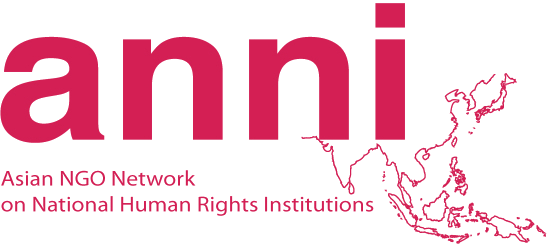“What we want is labour, but people come.” – Swiss writer Max. Max Frisch
Since the late 1980s, Taiwan has gradually opened up industrial migrant workers, social welfare migrant workers and foreign fishermen. Many people from Southeast Asia have travelled to Taiwan to make money and have a better life. Whether it is the fishermen who are busy drying nets and arranging fishing boats in the fishing port; in the processing export area, there are many migrant workers in groups between the dormitory and the factory; or in the community park, many wheelchairs are seen , care workers who take care of the elderly, etc., are one of the daily scenes familiar to Taiwanese.
Most of the Taiwanese understanding of migrant workers is to find that shops or vendors from Indonesia, Vietnam, the Philippines and other countries gradually appear in the streets around them, such as local snack bars or grocery stores full of Southeast Asian products. When you enter it, you will be greeted by the hometown dialect of the migrant workers and the aroma of various ingredients.
The media’s negative image still dominates the impression of migrant workers; others think they enrich Taiwan’s multiculturalism. However, our imagination of “migrant workers” may still be quite straightforward. Have we taken seriously this group of people who have lived by our side for more than 30 years?
Through this lecture, TAHR invited Guan Anni, who has long been concerned about the issue of foreign migrant workers, and Wu Tingkuan, who has been reporting and in-depth management in the migrant community for a long time, to talk with us about how migrant workers in Taiwan land in Taiwan and grow out of their hometowns.
Find the playback of the event here:



